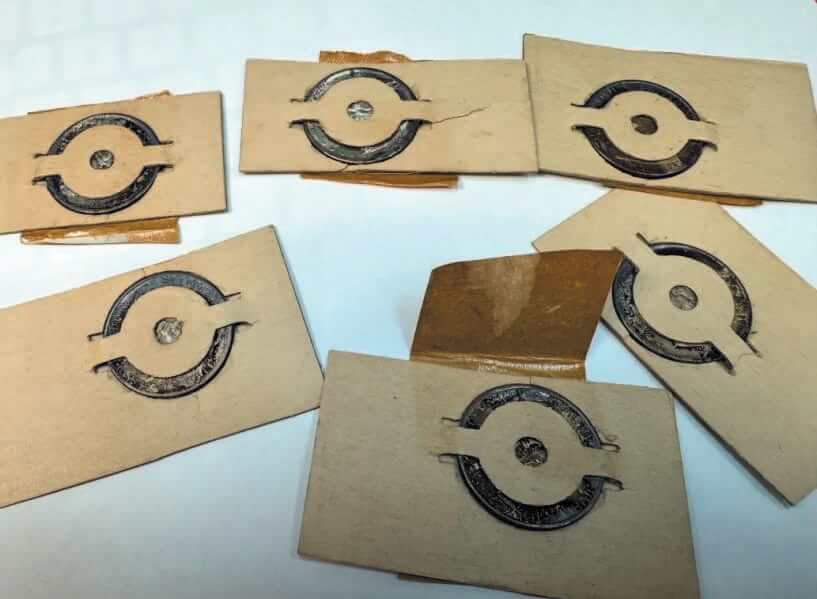Russian icons (as well as those of Greece and other orthodox countries) have been included in many private and museum collections, and most importantly, in the private homes of the faithful for hundreds of years. They became sought after collectibles in the ’70s and ’80s when they were driven underground by the Cold War — and their value increased.
Private Family's Icons of Saints
When the Berlin Wall came down in 1989, there was a feeding frenzy behind the Iron Curtain — and entire contents of museums were being sold en masse or as individual pieces, thanks to newfound capitalistic fervor for cash from the West. Huge shipping crates of Russian icons made their way into the U.S. and the market plummeted. We recently took in a small collection of Russian Orthodox icons for auction. (Time will tell as to actual fair market value as the auction unfolds.)
The two most important icons in the collection include an 18th-century St. Nicholas painted on wood. The condition is fair, but the wood has extensive worm holes. It was estimated to have brought $800 in 1988 by a Russian Byzantine art professor. The same professor appraised the second, early 19th-century icon of St. Demetrios. Demetrios was a defender of the Christian church against pagans — hence the spear in his left hand and military cuirass (upper body armor). The auction estimate in 1988 was $1,500. The rest of the collection was newer and more decorative, and only worth $100-$300 a piece.

$800-$1,500 / 18th AND 19th CENTURY
RUSSIAN ORTHODOX ICONS OF SAINT DEMETRIOS
This is an archival article formerly written and is for informational purposes only. The valuations in this article have likely changed since it was first written.




